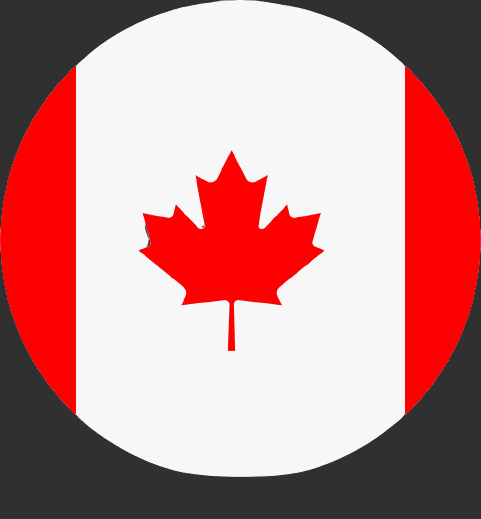The U.S Travel Ban for India
The U.S has also announced they are suspending almost all travel from India starting on May 4, 2021, due to the COVID-19 surge in new cases that has hit the country. On April 30, 2021, President Joe Biden held a briefing to announce new travel restrictions from India which will take effect on May 4, 2021. The travel ban, which will bar most non-American citizens from entering the U.S. for an indefinite period of time, comes from the advice of the U.S. Centers for Disease Control and Prevention (CDC) and were imposed because “the magnitude and scope of the COVID-19 pandemic” in India was “surging”.
During the past week alone, India has seen a tremendous rise in infections of more than 1 million, bringing its total number of cases since the start of the pandemic to more than 18 million. The death toll has surpassed 200,000 and is expected to be much higher. The surge hit as India’s government loosened restrictions and struggled to vaccinate its population, with variants potentially serving as an accelerant.
Who is Exempted from the U.S. Travel Ban
The U.S. proclamation has several exemptions to the travel ban, where the restrictions will not be applicable and this includes U.S. citizens or permanent residents and their spouses, humanitarian workers, certain journalists and academics, and students commencing studies in the fall, according to a determination by the State Department. The exceptions mirror those for other countries affected by pandemic-related travel restrictions. Most other travelers who have been in India during a 14-day period before their attempted entry into the U.S. would be prohibited.
Exempted U.S bound air travelers must have continue to have proof of a negative Covid-19 test result no more than three days before arrival, regardless of vaccination status. Travelers are then required to take another test three to five days following their arrival in the U.S. and to self-quarantine.




